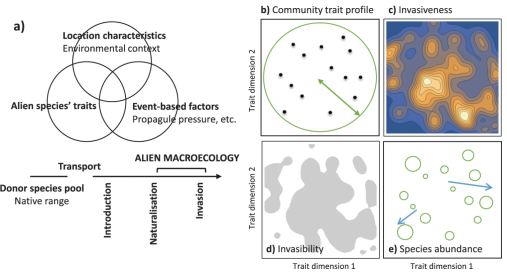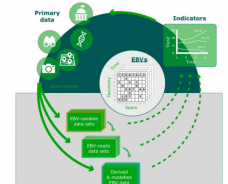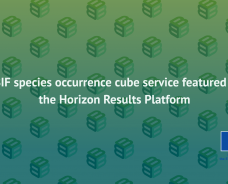B-Cubed is excited to announce the publication of the first paper supported by the project – Disentangling the relationships among abundance, invasiveness and invasibility in trait space. The paper sheds light on the fundamental question of how introduced species transform from rare occurrences to thriving invaders. It introduces a comprehensive three-pronged invasion framework that brings together traits, environmental context, and propagule pressure to provide a nuanced understanding of invasiveness dynamics.
Read the full paper here.



